Horner Syndrome In Cats
Horner syndrome in cats. Horners syndrome in cats can be observed in a cat that is showing the following signs. In cats however a cause is virtually always found and idiopathic Horners syndrome is very rare. Defined as the fixed appearance of the pupil which is permanently contracted.
In the cat Horners syndrome is most often idiopathic meaning the cause is unknown. Horner syndrome is a generally momentary condition characterized by a set of neurological and ophthalmic signs affecting the eyeball and its insertions. Baines S J Langley-Hobbs S 2001 Horners syndrome associated with a mandibular symphyseal fracture and bilateral temporomandibular luxation.
Depending on your cats recent history and other physical findings on examination your veterinarian may recommend a series of diagnostic tests to determine if there is an underlying cause. In dogs but not cats HS was associated significantly P less than 001 with increasing age. Cuterebriasis is a Parasite Causing Skin Infections in Dogs and Cats.
In this article we discuss Horners Syndrome. Often the main clinical presentation is anisocoria where there is an inequality in pupil sizeA head tilt may be seen occasionally. Protrusion of the nictitating membrane or third eyelid.
Raw M E 1994 Horners syndrome in the dog and cat. The four symptoms are quite distinctive and easy to identify and they all have to occur at the same time for the condition to be legitimately Horners syndrome. Horners Syndrome occurs when the parasympathetic nerve becomes dysfunctional.
With many cats that develop Horners syndrome there is a recent history of trauma particularly being hit by a car. In a cat with Horners syndrome damage to the sympathetic nervous system the part of the nervous system that produces the fight or flight response causes issues with the muscles behind. But what causes it.
If your cats eye looks strange and different from normal and you notice that the pupils are a different size that eye is drooping or that the third eyelid is visible and protruding. The 4 signs are fairly distinctive and straightforward to determine and so they all must happen on the identical time for the situation to be legitimately Horners syndrome.
The medical records of 74 dogs and 26 cats with Horners syndrome HS that were admitted to the New York State College of Veterinary Medicine between January 1975 and October 1985 were reviewed.
Horners syndrome usually presents as unilateral miosis ptosis enophthalmos and third eyelid protrusion on the affected side. Protrusion of the nictitating membrane or third eyelid. In this article we discuss Horners Syndrome. Symptoms of Horner syndrome in cats The clinical picture of the Horner is characteristic and we can suspect that our cat is suffering from it if we observe signs such as the following. Raw M E 1994 Horners syndrome in the dog and cat. Facial drooping can be quite common and evident on a cats face. Cats have this membrane that in this and other conditions extends over the eye to protect it. In the cat Horners syndrome is most often idiopathic meaning the cause is unknown. Horners Syndrome is a nervous system disorder which results from the malfunction of a nerve and produces symptoms in the eyes.
Horners syndrome is a common condition in veterinary patients particularly in dogs and cats presenting with the typical features of miosis enophthalmos protrusion of the third eyelid and ptosis. Facial drooping can be quite common and evident on a cats face. Cats have this membrane that in this and other conditions extends over the eye to protect it. Protrusion of the nictitating membrane or third eyelid. When a cat has Horners Syndrome the pupil becomes small the upper eyelid droops and the eyeball is recessed into the globe more than normal. Symptoms of Horner syndrome in cats The clinical picture of the Horner is characteristic and we can suspect that our cat is suffering from it if we observe signs such as the following. Depending on your cats recent history and other physical findings on examination your veterinarian may recommend a series of diagnostic tests to determine if there is an underlying cause.
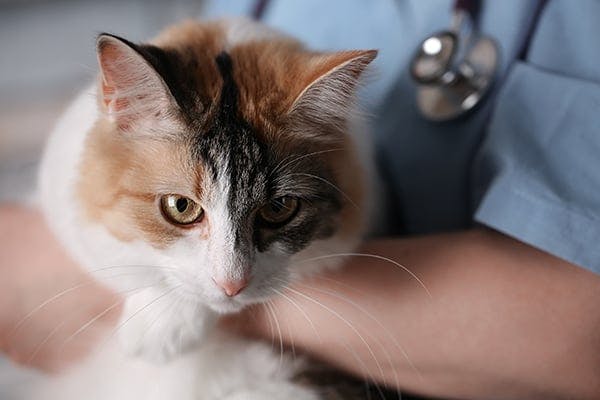




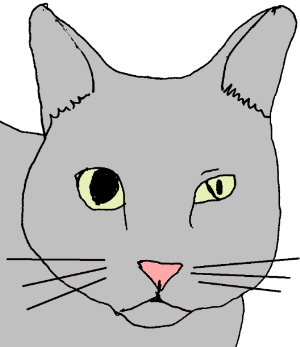
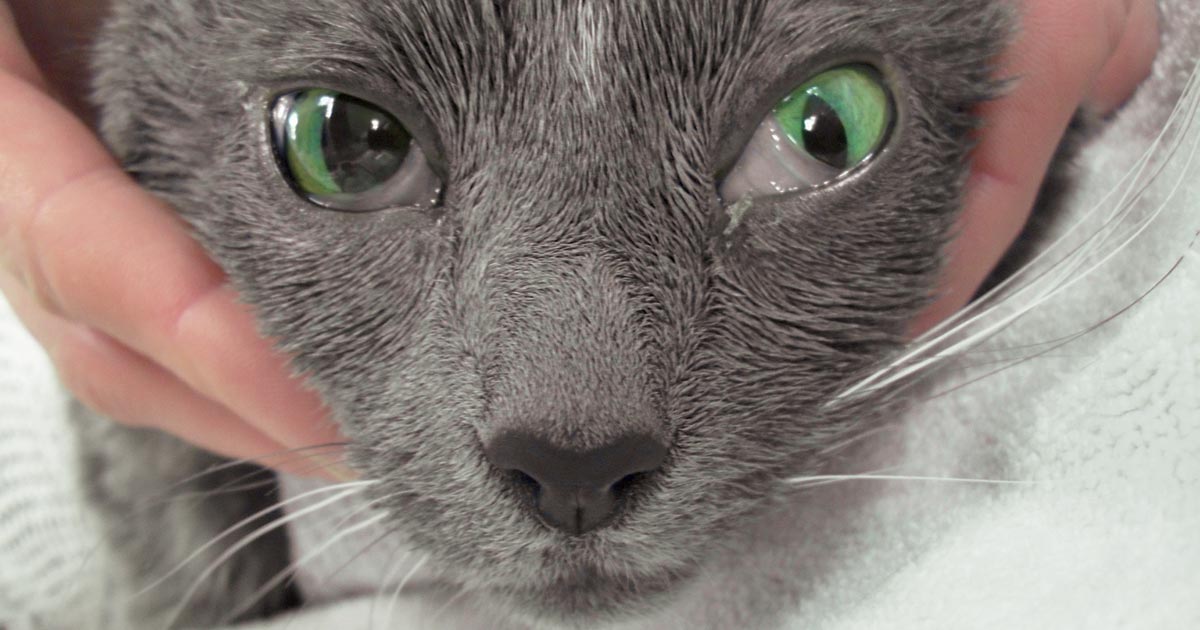
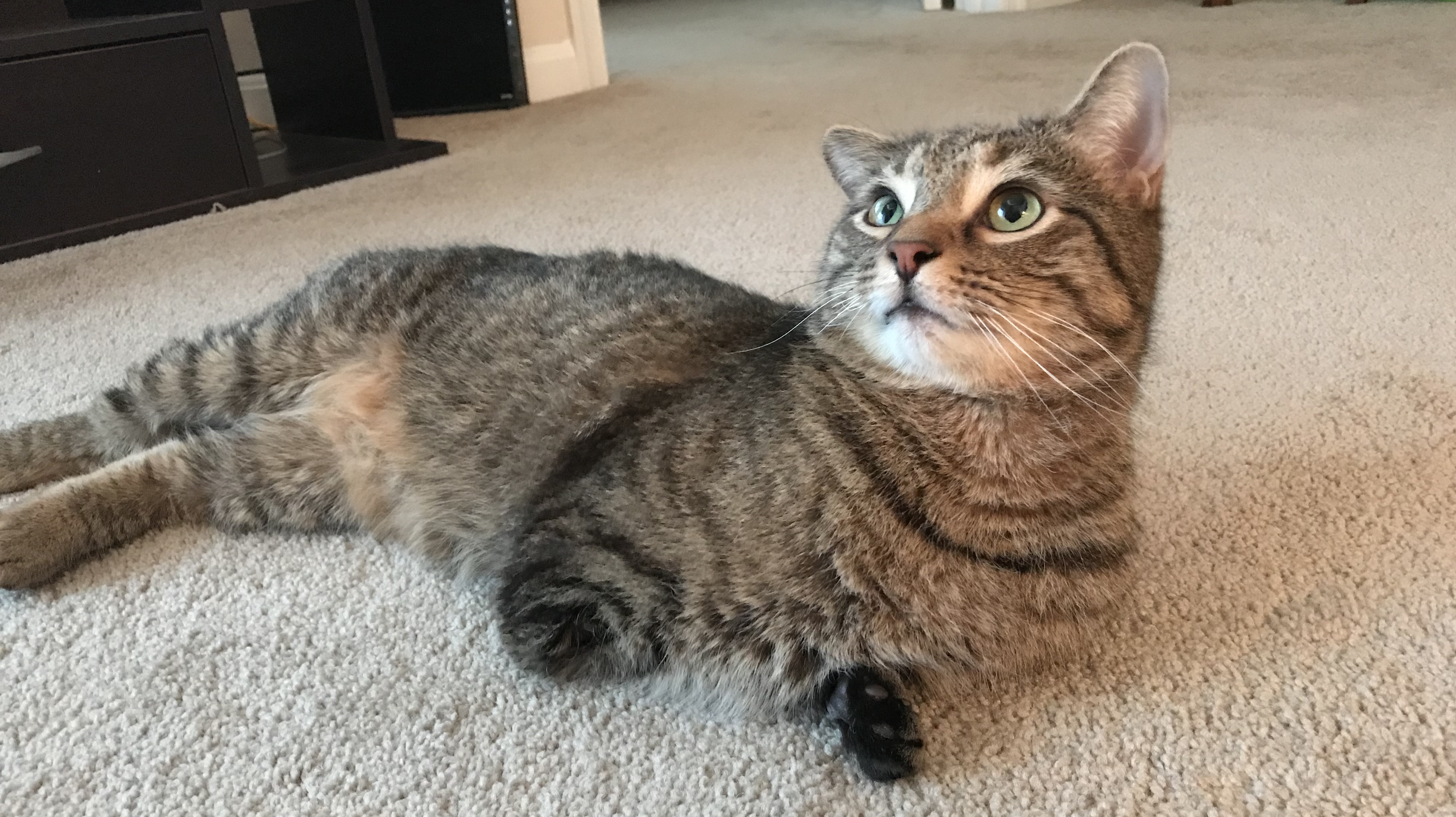
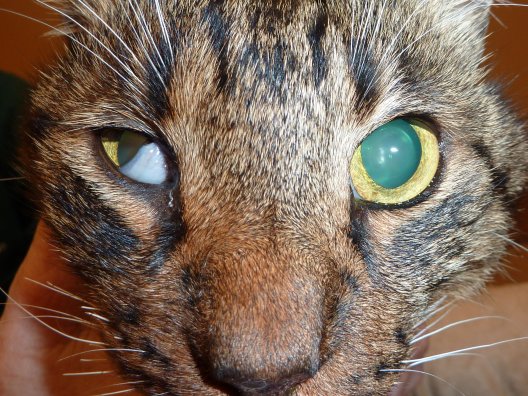
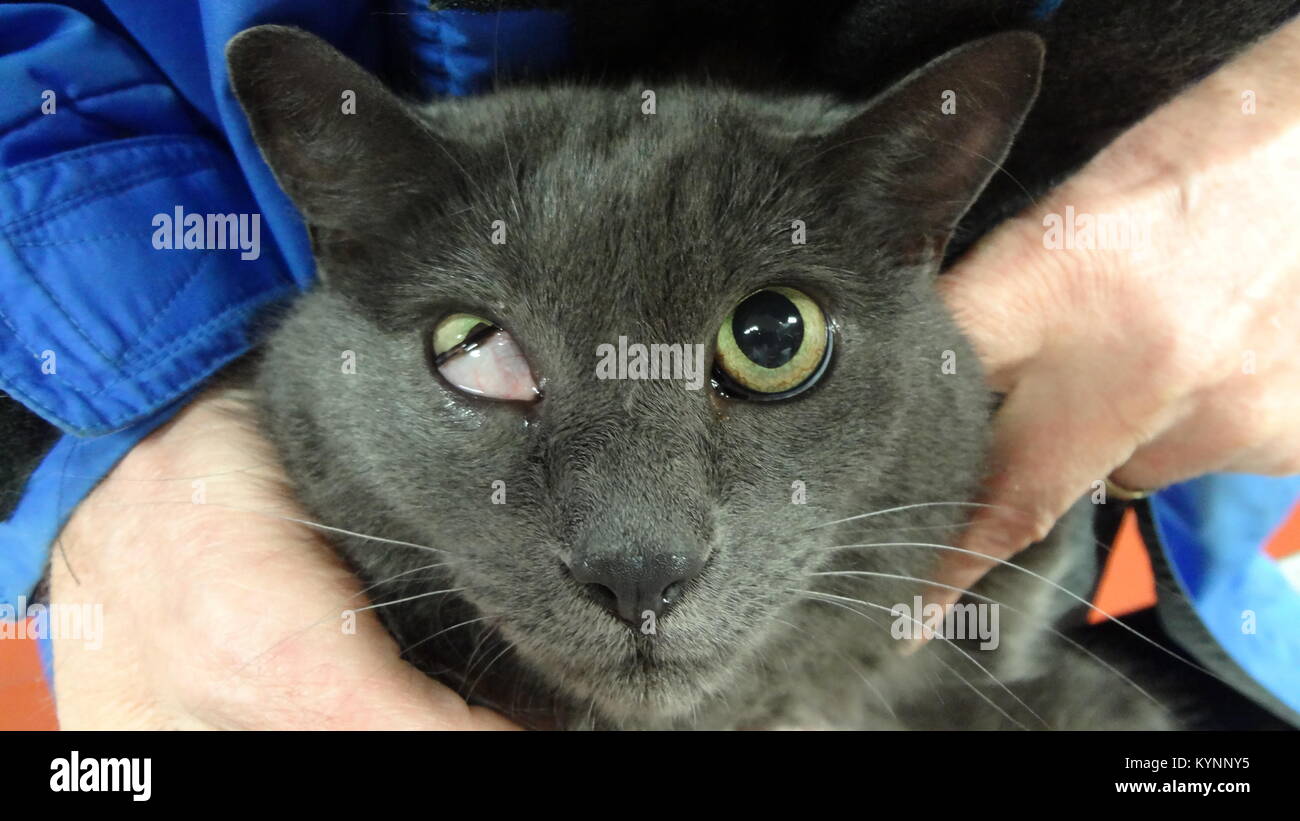





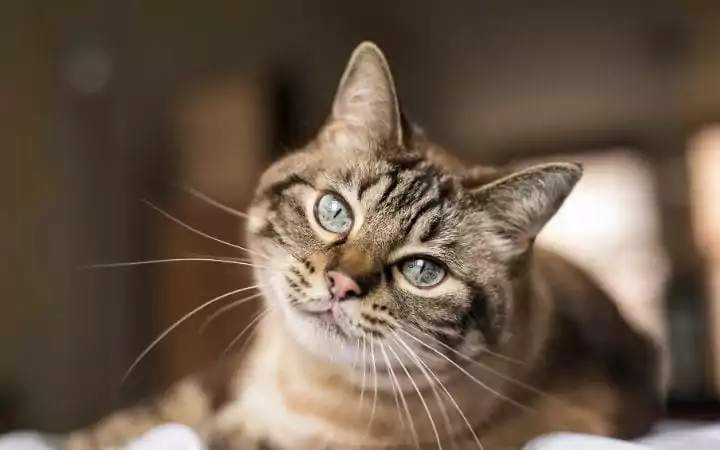
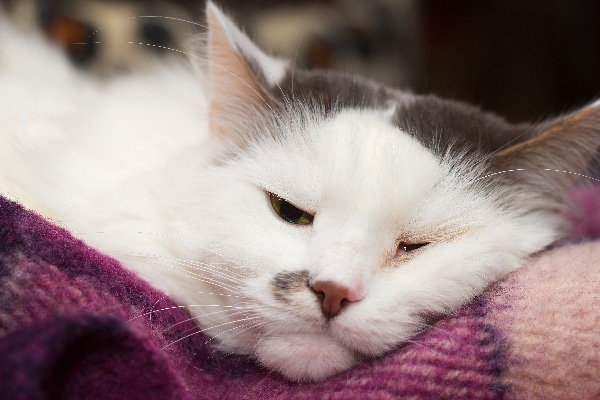
/close-up-of-a-lazy-cat-618694790-587e55495f9b584db3f2b71e.jpg)












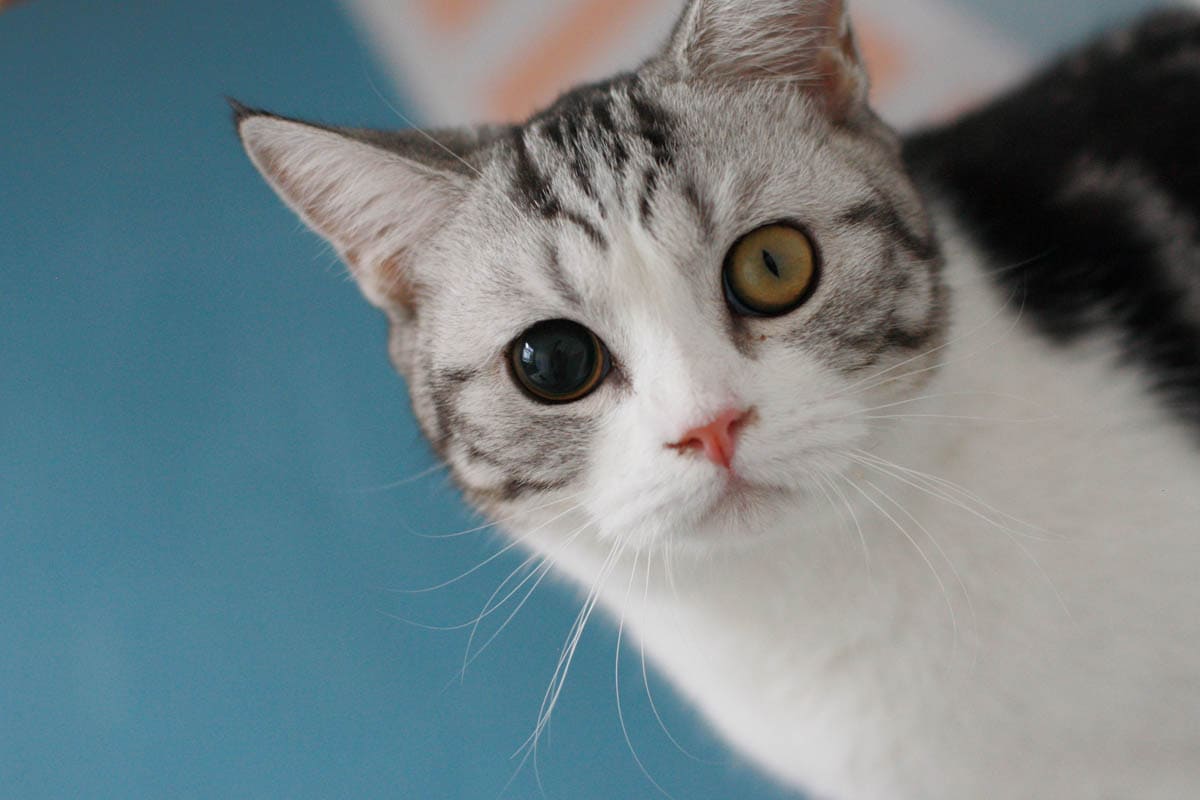
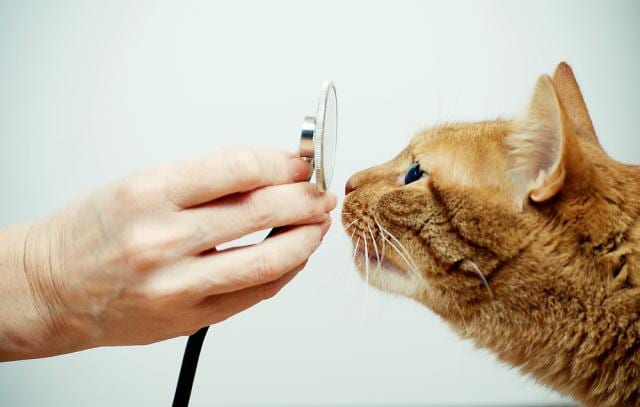


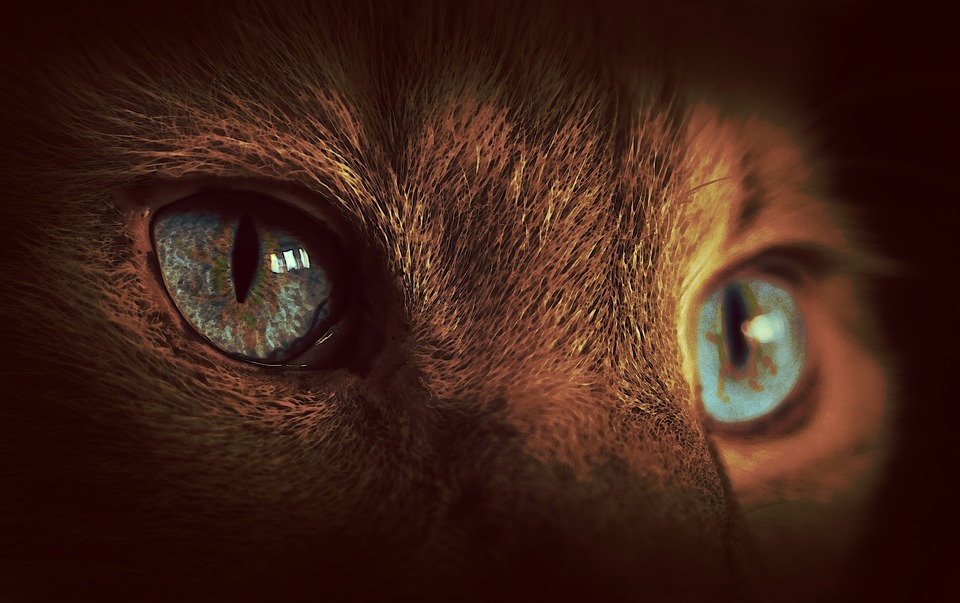
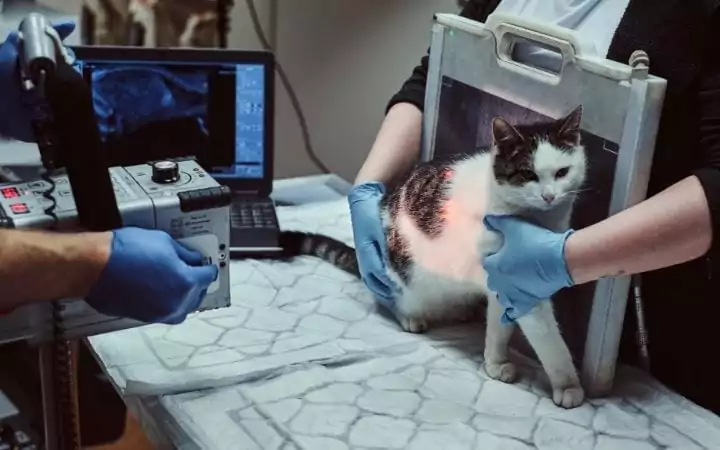
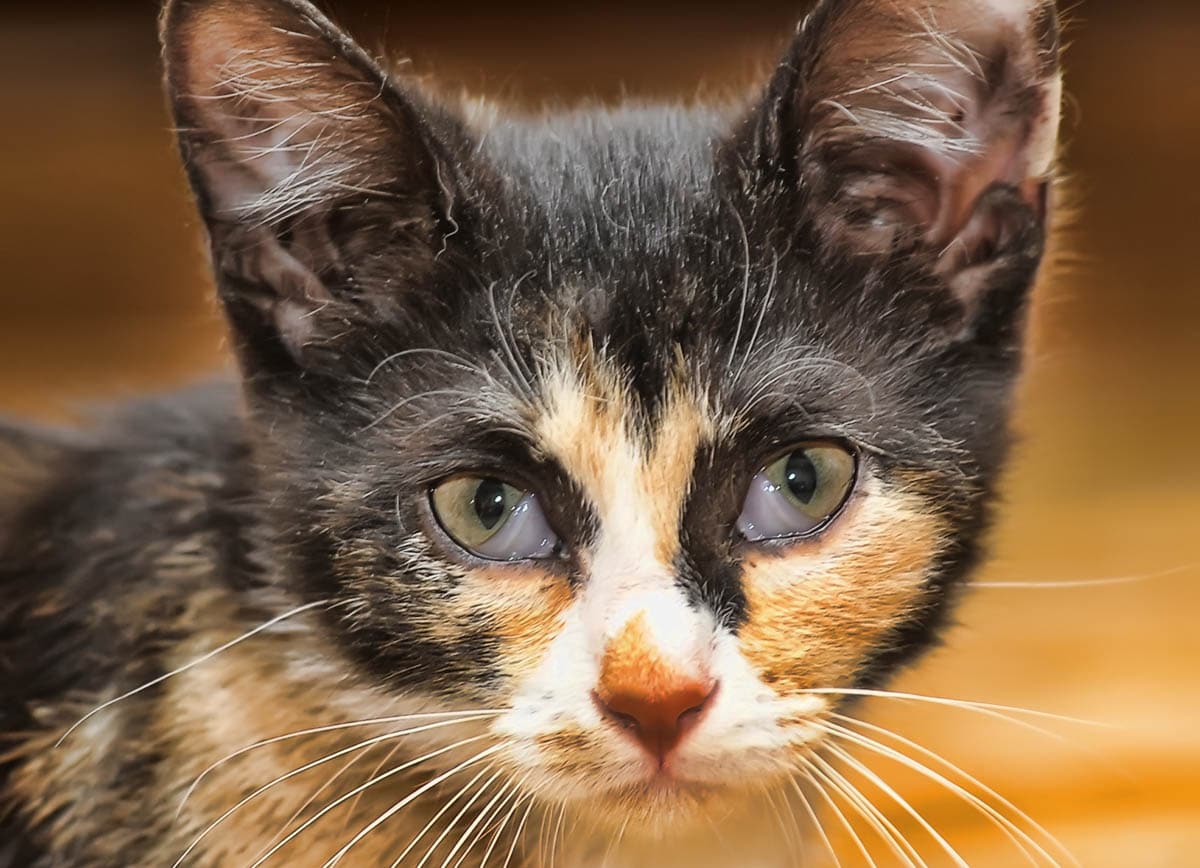

Post a Comment for "Horner Syndrome In Cats"